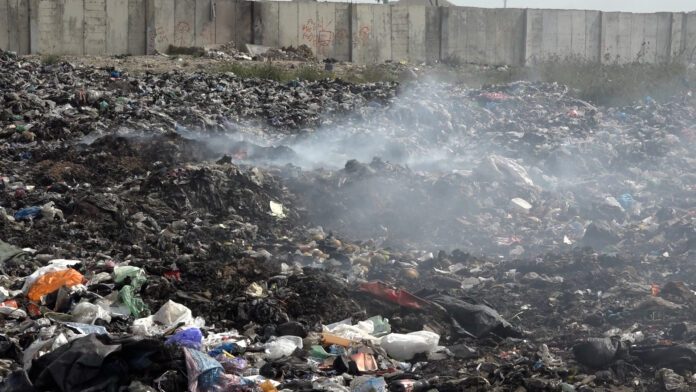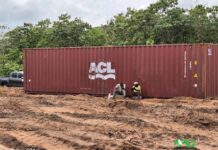In the bustling Ghana’s capital Accra, a hidden danger looms, threatening the health of its inhabitants. Agbogbloshie, a vibrant yet hazardous landscape, unfolds a tale of resilience amid adversity. This complex narrative, exposes the invisible crisis that demands urgent attention.
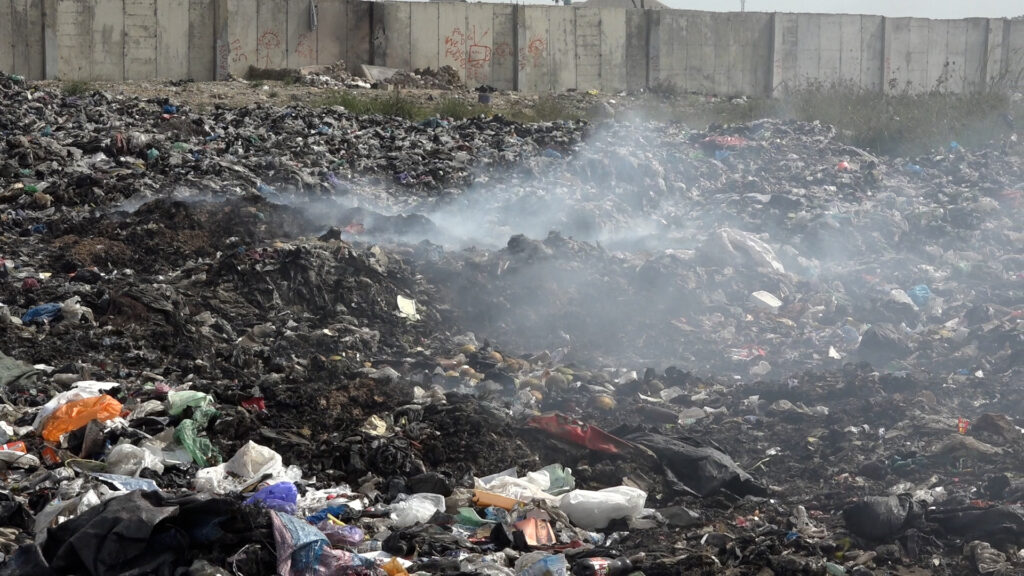
Agbogbloshie, a web of outdoor marketplaces, sprawling scrapyards, and a huge electronic waste dump, stands at a critical juncture. Beneath the visible chaos lies an unseen peril that has silently plagued the locals for years.
It was three months since Khadija Mohammed, a young mother of two, moved from Tamale to Accra in hopes of a better life. She ended up at Agbogbloshie, the typical first port of call for young girls migrating to Accra in search of better opportunities, where she is attempting to provide for her family while overcoming the difficulties of the hostile environment. As she navigates the daily struggles, we witness her dedication to making a living in this unforgiving setting.
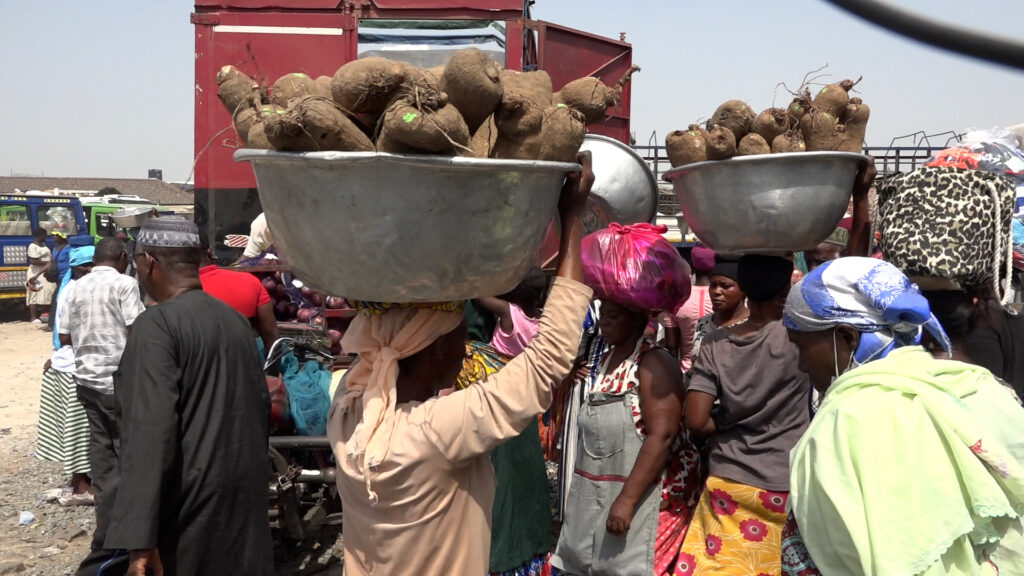
”There’s no other option, even though the place is a total wreck. We sit and eat on filth to eat. No location looks better than this one. Our protection from infectious illnesses comes solely from God’s favour.”. She noted.
Thousands of vulnerable head porters converge here daily to earn a livelihood. Despite their resilience, health challenges loom large. According to Khadija, they often visit the hospital for medical attention.
”The doctor attributes our state of health to our diet and surroundings”. She concluded.
Cecelia Quarshie, a 72-year-old shop owner, has spent years fighting the smoke from the neighborhood’s rubbish damps and e-waste recycling. Now she seldom stay at her shop throughout the working hours.
”I’m not able to stay here for too long. Every time I want to hide from work, I search for a safer location. I can’t spend a lot of time around smoke.’I’m not able to stay here for too long. Every time I want to hide from work, I search for a safer location. I can’t spend a lot of time around smoke”.
”Everyone in this market finds it difficult to breathe. Despite our repeated reports to the appropriate authorities, who have visited the area multiple times and given us assurances, we have not seen any progress”. Another shop owner, Tony Kyei Beeefi, lamented.
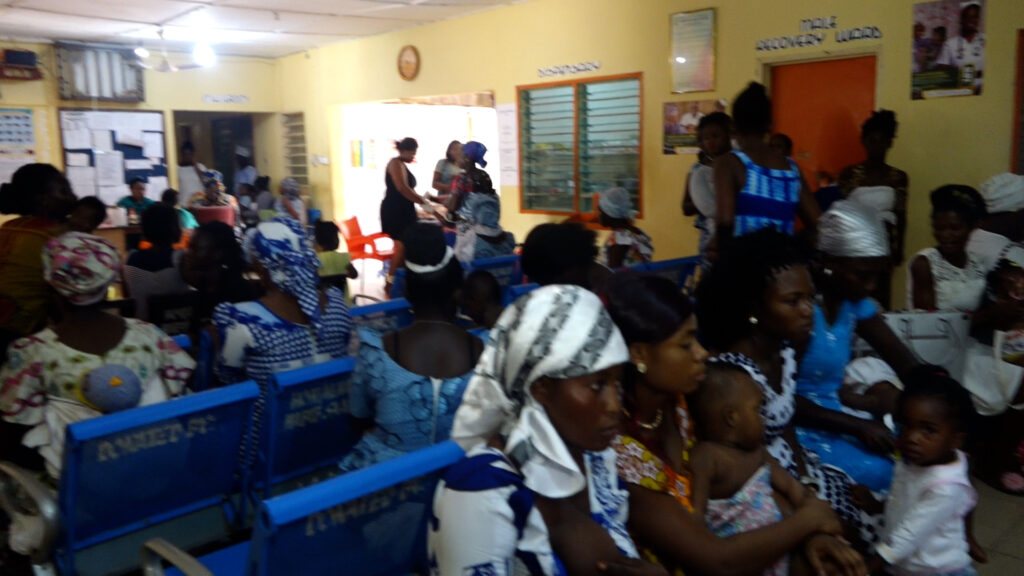
The Old Fadama clinic reveals alarming patterns of upper respiratory tract infections, pointing to a common culprit, air pollution. The In-charge, Felicia Owoo, tracked how the contaminated environment affected everyone, even the medical professionals.
”In our setting here, Old Fadama Clinic and the Agbogbloshie enclave, what bring about the respiratory diseases most is the air pollution that goes on here because of the e-waste recycling and then the burning of the rubish that we have going on around here”.
Startling statistics from health facilities within the Ashiedu Keteke sub-metro expose a sharp rise in respiratory infections, particularly among children. Between 2015 and 2023, a total of 134,612 upper respiratory tract infections cases were captured among 1,161,758 outpatient department, OPD attendance with 107,703 of the reported cases involving children. With 11.59 percent of the outpatient cases linked to air pollution, the dire consequences of Agbogbloshie’s pollution become evident.
”The issue is because of what goes on here that causes the air pollution, everybody is affected including we the staff working in this clinic”.
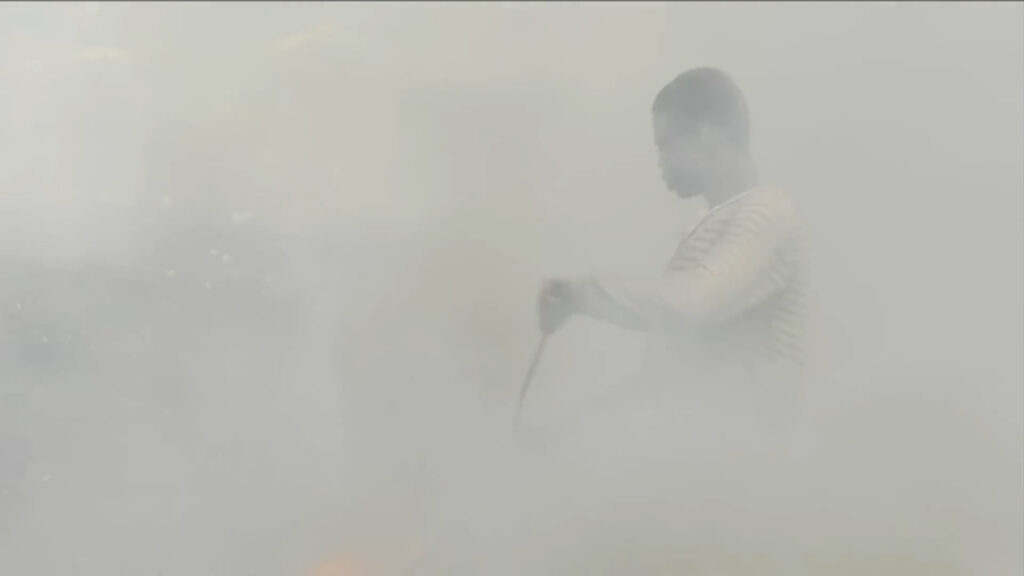
The Environmental Protection Agency (EPA) does not have an air quality meter in Agbogbloshie, despite the obvious health dangers and pollution. The Graphic Road and Adablaka are the closest locations. According to EPA data, the last time particulate matter was detected from Graphic Road was in July of last year, with an average of 97.2. The record showed a minimum of 55.6 and a maximum of 194.
Since October of last year, attempts to get professional perspectives from the Evironmental Protection Agency, EPA have been met with silence.
Agbogbloshie evolved from a ghetto in the 1960s to sheltering refugees during the Kokomba and Nanumba war in the 1980s. Today, over 100,000 residents, mainly rural migrants, face inconsistent incomes and health risks from e-waste recycling. Amidst the challenges, regional initiatives and non-governmental organizations are working to improve conditions for head porters and their families.
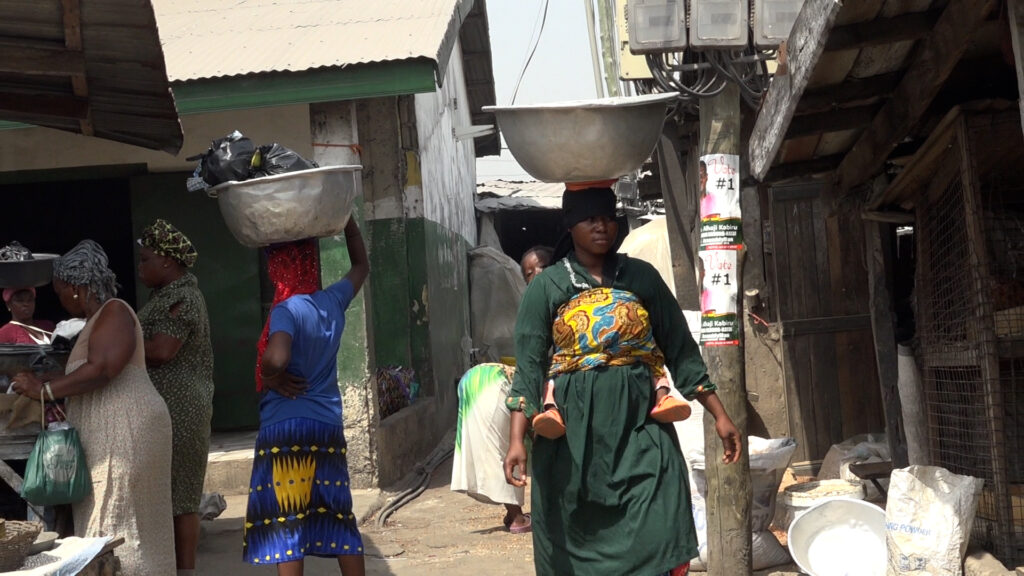
President of the Kayayei Youth Association, one of the groups working to change the narrative said there is the urgent need to invest in programmes that would in the long term reduce the rural-urban drift involving especially the young vulnerable girls.
”If we don’t put proper measures in place there will be no future for Ghana that is why when the opportunities come we support it. We currently have over 400 girls working on the project being trained in alternative livelihoods. After the training we relocate them to their various home communities. The second stage is a support package that will enable them train others who are nurturing the dream of migrating down south”.
This collaborative report, supported by the Clean Air Fund and New Narratives, unveils the environmental crisis in Agbogbloshie.
By Peter Quao Adattor


